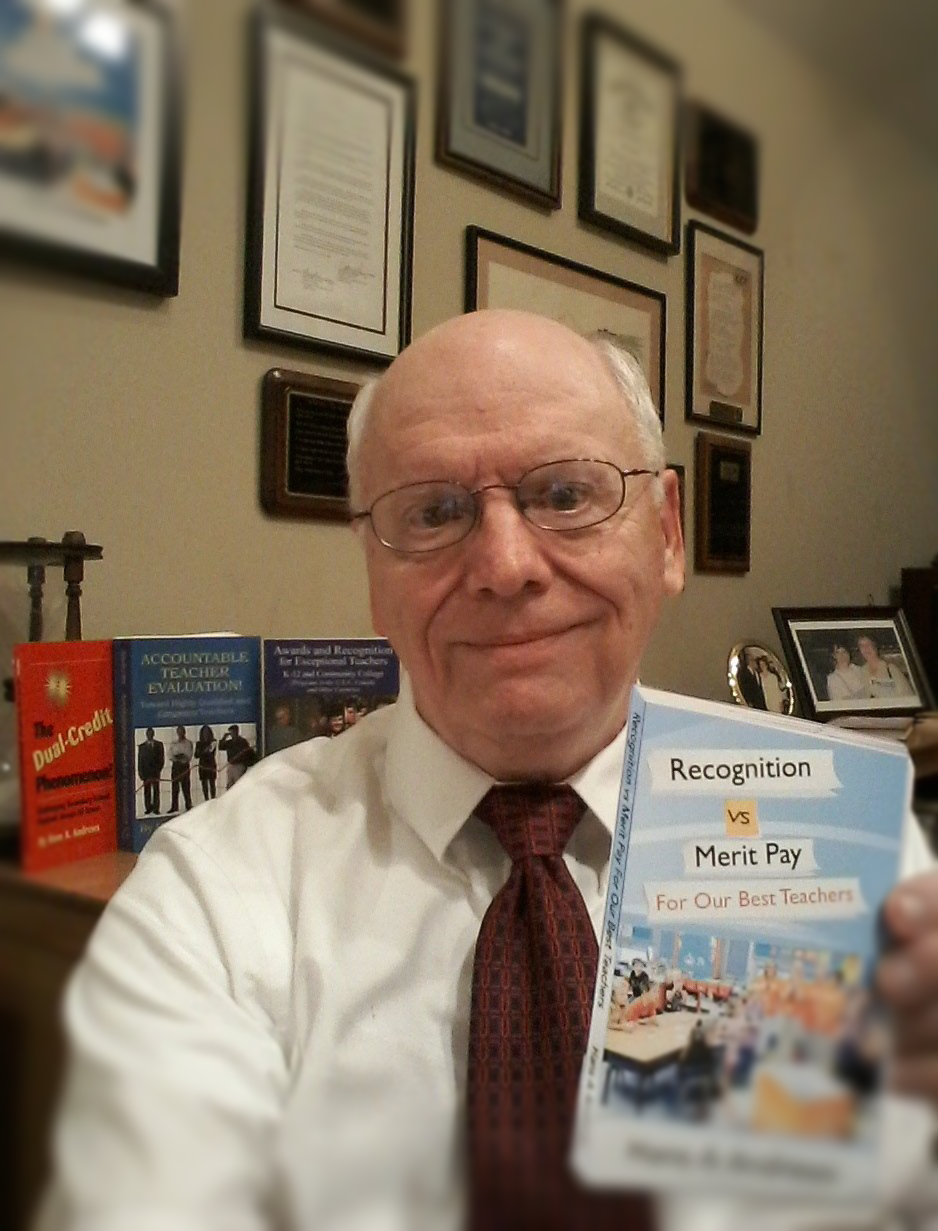Teacher Shortages and Solutions
Share this article
As Australian schools have recently opened for the new school year they are faced with a challenge of opening with many teaching positions not filled.
These teacher shortages are continuing to increase across all states of the country. Solutions to slow down the growing shortages appear are not being developed.
The old solution of simply trying to find more students to enrol in existing teacher education programs at the universities is no longer working.
The past two plus years of the virus pandemic has intensified the problem as more teachers have left the field and/or are considering retiring or moving to careers.
Is this a crisis, or leading toward a crisis?
Whether these teacher shortages are evolving into a crisis can be better determined by looking at what defines a crisis. The following are some of the elements that define a ‘crisis’ and what appears to be happening in Australian education at this time:
- Any event or period that will lead, or may lead, to an unstable and dangerous situation affecting an individual, group, or all of society (teacher shortages fit here)
- Crisis is a process of transformation where the old system can no longer be maintained (teacher shortages fit here)
- A crisis helps identify the need for a change (teacher shortages fit here)
- The effect of our inability to attend to the likely results of our actions can result in crisis (teacher shortages fit here as there has been such an inability to change the results)
The need for a transformation has become very evident when we look at what has evolved in the most recent years:
- The university system that has been charged over the years with producing a pipeline of new teachers has been failing. In the U.S. it has been reported that several teacher preparation programs in universities have closed down due to a lack of new students
- In Australia shortages have been reported in 2021 in at least half of the schools in remote areas in Australia. In the very remote or isolated areas of the country the number jumped to three-quarters of the school.
- Surveys in Australia, the U.S., and numerous other countries have identified continuing low wages as a main and contributor to the dissatisfaction of teachers.
- Teachers’ frustration levels have been raised since the pandemic of over two years. Having to prepare for both classroom and remote teaching has created an almost unreal workload for teachers at all levels.
Degree of concerns that ‘quick’ fixes are needed to keep the schools afloat
One only needs to observe several areas in Australia reported in 2020 to see what is taking place at this time to fill classroom where certified teachers are not available now:
- Thirty-eight percent of secondary school teachers were teaching outside of their normal areas of expertise.
- Seventy nine secondary schools were using unqualified teachers for math and science classes; only thirty-six schools reported their math and science teachers were fully qualified in those subject areas.
A sampling of ‘quick fixes’ announced in the states:
- Notices have gone out notifying non-teaching corporate staff, which includes administrative personnel, that they may be required to fill in classrooms where teachers may not be available.
- Retired or inactive teachers and principals and former support staff are being contacted and encouraged to return.
- University students in their final year of their university studies are being recruited.
- Part-time teachers are being recruited to move to a full-time status to give continuity to their students.
Parents are being considered to be on call to help fill in unstaffed classes.
It becomes obvious that these are only short term fixes and do not meet, except but temporarily, the needs of most of the schools. Governing boards, administrators, and teachers are all in line to lose some of the quality needed in their classrooms for their students.
Time for common sense solutions is here
The teacher shortages throughout Australia have highlighted the need for major changes in the way the teacher pipeline has existed for many years. They are no longer effective! In addition, there has been a growing demand to create a more diverse teaching workforce.
Australia does not appear to have a ‘long-range plan’ on overcoming the growing teacher shortages. This is true in many other countries as this author’s research has found.
Some Common sense proposals to consider
Andrews and Marzano (2021) highlighted some long-term ‘common sense’ solutions in their article on Illinois, U.S. teacher shortages. They proposed a number of long-range solutions that could be instituted almost immediately. Here are their main ones:
- Utilise community colleges to start offering baccalaureate degrees in education. There are over 1,200 such institutions strategically located throughout each of the 50 states. Two states have successfully already started these programs. It may well be different to a large degree in parts of Australia but there are other institutions that could be granted permission to offer these teacher preparation programs.
- Institute Educators Rising programs in secondary schools in every state. Students are given the opportunity to study and practice teaching with mentors in order to help them see education as a possible career.
- Expand Grow Your Own Teachers where schools identify potential future teacher from their secondary school student bodies and encourage them to consider teaching, Find ways to support their accent into community college or university teaching programs. Arrange as much as possible for their eventual return to teach in their home school districts.
- Start offering education classes in the schools that have dual-credit programs that can become a part of the dual-credit program.
One of the key proposals above is to utilise community colleges to start offering teaching baccalaureate degrees. In short, the universities cannot draw enough students. Secondly, they have proved that they are unable to get enough 'diverse' students that need to be brought into the pipeline to become teachers.
The community colleges already have large numbers of ‘diverse-students' in their one and two-year pipelines. Many of these students cannot afford to go to a university system due to work commitments. Many are also involved in raising families.
Growth of Dual-Credit Students
Today there are hundreds of thousands of secondary school students enrolled in 'dual-credit' programs. A significant number of them will have one or two years of college completed by the time they graduate from high school.
In short, they would only have two or three more years to obtain a teaching baccalaureate degree. A large number of these graduates would stay right in their own communities as teachers. This should be true whether it would be in the inner cities, suburban or rural areas. School districts in all of these areas are extremely concerned about their expanding teaching shortages.
Summary Comments
The goal here has been to show school board members, administrators, teachers, and elected officials that there are some very practical and common sense ways to start to overcome teacher shortages. Most often, many of these solutions are within each school board members’ and state and local legislators' own districts!
Crisis creates a need for a process of transformation where the old system can no longer be maintained.
This is now the time for the transformation to begin!
Reference: Andrews, H.A. and Marzano, W. (2021). Illinois teacher shortage crisis: Quick fixes and long-range solutions. Illinois School Board Journal, http://www.illinoisschoolboardjournal.nov/dec
Practical new pathway opportunities for future teacher growth:
Grow Your Own Teachers: https://growyourownteachers.org
At Grow Your Own, they support racially diverse individuals who have a desire to become teachers in their own communities. The goal is to return teachers back home where they can be leaders inside and outside classrooms. In large cities, rural areas, and everywhere in between, students deserve teachers with whom they can identify, connect, and excel.
Educators Rising: https://educatorsrising.org
This relatively new program is cultivating a new generation of highly skilled educators by guiding young people on a path from high school through college and into their teaching careers. Educators Rising is changing the face of teaching. This program offers a clear pathway in every school district in America for young people who want to serve their communities as highly skilled educators.
Community College Baccalaureate Association | CCBA: https://www.accbd.org
Serving as a leading resource for institutions seeking to re-define their higher education practices and offerings, the Community College Baccalaureate Association (CCBA) aims to promote affordable access to community college baccalaureate degrees as a means of closing the nation’s racial, ethnic and economic gaps. Today, with the support of the CCBA, more than 23 U.S. states allow their community colleges to offer baccalaureate degrees.
Health and Life Safety School Codes
Serious consideration needs to be given on ways to improve the overall teaching salaries in almost every country this author has researched in checking on why teacher shortages continue to grow. Low-salaries are almost always at the top of the list. The proposal to freeze teacher salaries for four years in Australia can only make the present situation much worse.
One way proposed by this author is to consider expanding and change the health and life safety School Codes in states that have such codes on the books. This proposal is offered for ‘creative thinking’ of what can be done in order to attack the deteriorating condition caused by continual and growing teacher shortages?
There are numerous other ways to make these financial adjustments and they should be pursued. Commitments by businesses, industry, financial institutions, and others all have a stake in a top quality educational system with high qualified teachers and other staff. All teacher retention surveys in recent years list low salaries and poor working conditions at the top of their concerns.
A significant number of state school districts in the U.S. are presently given the ability float the sale of bonds for health and life safety funding. These bonds are used to both build new school facilities as well as keeping existing buildings and other facilities in a safe condition for their staff and students.
This is not a proposal to have Australian laws follow those in the U.S. or other countries. It is only a proposal this author is making to U.S. law makers. It is brought in here only to address what should now become a ‘solvable problem’ that continues to be neglected in far too many countries.
Share this article
About the author
Dr. Hans Andrews is Distinguished Fellow in Community College Leadership. He was President of Olney Central College in Illinois. He also taught business classes and worked as a counsellor in two secondary schools. He is the author of three education books which are still available as follows:
Recognition vs. Merit Pay for Our Best Teachers: Available through schooldaysmagazine.com and Amazon.com books
The Dual-Credit Phenomenon! Available through New Forums Press and Amazon.com books
Accountable Teacher Evaluation: Available through New Forums Press and Amazon.com books







